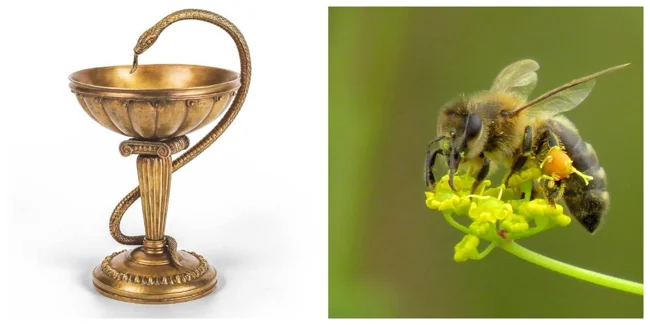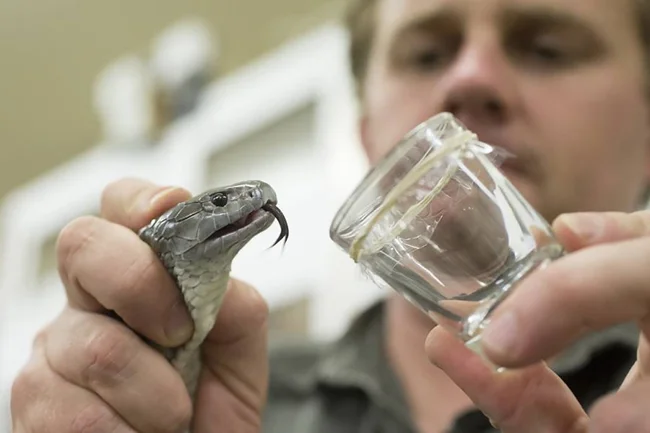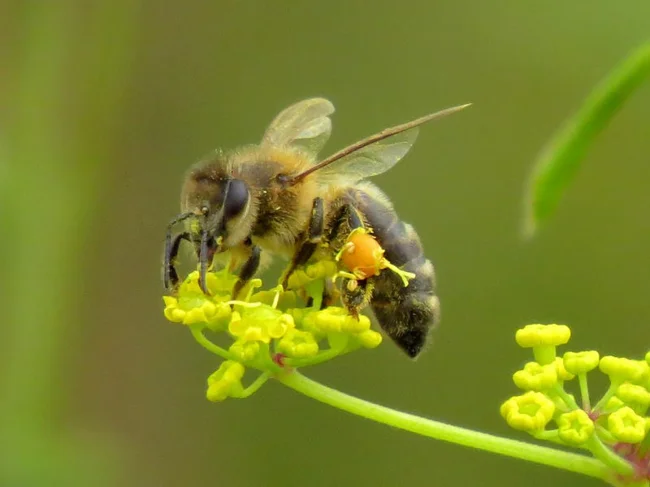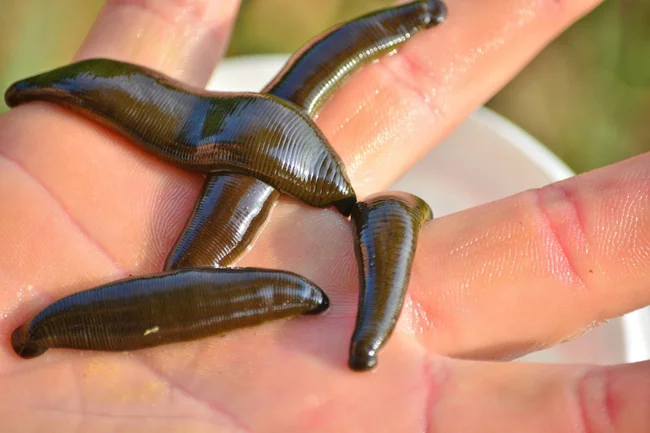Medicinal animals... It sounds ridiculous, while the phrase “medicinal herbs” has long been firmly established in the lexicon. It is actively used, like the herbs, flowers, leaves, stems and roots themselves, to treat a wide variety of diseases. 
Whereas animals also help save health. And quite effective.
I crawl quietly, I bring health 
Perhaps the most famous symbol of healing at all times is the snake. It is believed that, according to legend, the reptile accidentally killed by Asclepius was revived by another snake with the help of a special herb. The healer adopted the technique and began to treat people with it.
Since then, his staff has been a symbol of the victory of medicine over death. With the help of snake meat, the ancient Aesculapians treated poisoning, which was very popular, especially among the nobility. Contemporaries partly confirmed this theory, and today components obtained from snakes are used to prepare antidotes, ointments and various broad-spectrum drugs.
Useful buzzers 
Ancient healers very actively used insects in their work. They used ladybugs to prepare a decoction against toothache, used silkworm caterpillars to treat nervous disorders, and caught blister beetles to prepare potency enhancing drugs.
But the leader in terms of performance was and remains the bee. Bee venom has the ability to regulate blood pressure, improve metabolic processes and blood circulation in the brain.
Propolis has been and is used as a powerful antiseptic, wound healing and anti-inflammatory agent. One can talk endlessly about the benefits of honey in general. And another waste product of hardworking honey plants - wax is used to make creams and ointments.
Vampires of the animal world 
Bloodsuckers invariably cause feelings of disgust, irritation and anger. But among them there are also useful ones. We're talking about leeches. Although the method of hirudotherapy is controversial, it is precisely established that after suction, the leech begins to secrete hirudin, a substance that dilates the capillaries. It prevents blood clotting and the formation of blood clots.
Horned ungulates 
These parts of animals have also been used for a long time and actively. And although the bulk of ancient recipes are far-fetched by enterprising charlatans, there is still a certain evidence base for the effectiveness of hooves and horns.
The benefits of pantocrine, which can improve the general condition of the body and accelerate regeneration processes, have long been known. The substance is obtained from young red deer antlers.
The high level of phosphorus, magnesium, silicon, and amino acids makes horns and animals of other species valuable medicinal raw materials. Even the horns and hooves of ordinary farm animals, subject to special processing, turn into valuable raw materials. Glutamic acid is obtained from them, which is necessary in the treatment of certain nervous diseases and disorders of the thyroid gland.
Who knows, perhaps, given the prices for pharmaceutical products, we will be treated mainly with plantain and honey.
Have you ever encountered situations where folk remedies helped, but traditional medicine was powerless?
0 comments
